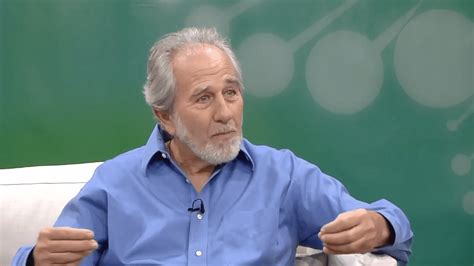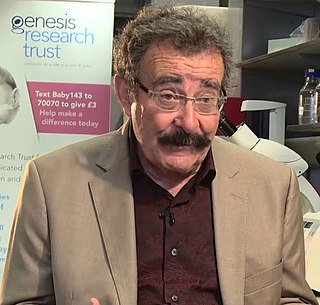A Quote by Aaron Ciechanover
Reticulocytes are terminally differentiating red blood cells that do not contain lysosome. Therefore, it was postulated that the degradation of hemoglobin in these cells is mediated by a non-lysosomal machinery.
Quote Topics
Related Quotes
Most of our brain cells are glial cells, once thought to be mere support cells, but now understood as having a critical role in brain function. Glial cells in the human brain are markedly different from glial cells in other brains, suggesting that they may be important in the evolution of brain function.
One can envisage taking cells from a patient with sickle-cell anaemia or an inherited blood disorder and using the Cas9 system to fix the underlying genetic cause of the disease by putting those cells back into the patient and allowing them to make copies of themselves to support the patient's blood.
Both in Britain and America, huge publicity has been given to stem cells, particularly embryonic stem cells, and the potential they offer. Of course, the study of stem cells is one of the most exciting areas in biology, but I think it is unlikely that embryonic stem cells are likely to be useful in healthcare for a long time.
The problem of different sensitivities of distinct protein groups to lysosomal inhibitors has remained unsolved and may have served as an important trigger in the future quest for a non-lysosomal proteolytic system that may be involved in at least certain aspects of intracellular protein degradation.




































